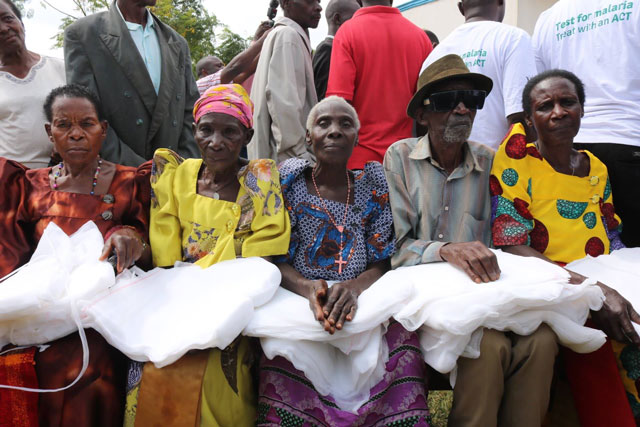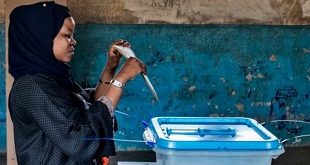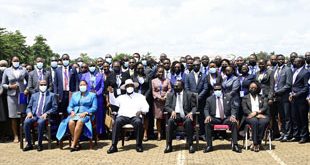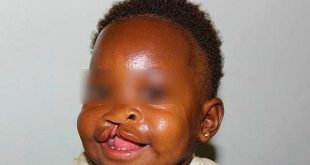
Kampala, Uganda | THE INDEPENDENT | The Ministry of Health will this month supply mosquito nets to districts with high malaria infection rates.
According to Dr Daniel Kyabayinze, the Deputy Manager, Malaria Control Program at the Ministry of Health, they are awaiting approval from Global Fund after they placed a request for over a million mosquito nets.
As of last week, he says although the number of districts reporting an increase in malaria cases had reduced from 68 in August to 50, in areas with high cases there are 67% more cases being reported and 70% more admissions made.
Kyabayinze says that so far 1.2million nets from the previous mass campaign have been released to the AIDS Support Organisation (TASO) to different areas especially those most affected by the surge in Karamoja, Acholi and Eastern Uganda regions.
Dr Mary Tabaro, who is the officer in charge of Malaria Grants at TASO, says that some districts were supplied. She adds that when Global Fund finally approves the request, eight high burden districts of Kampala, Wakiso, Amudat, Kabong, Abim, Napak, Nakapiripirit and Nabilatuk have been budgeted to receive 400,000-bed nets which will be supplied at health facilities.
While government is now embarking on supplying nets afresh this year after a mass campaign ended last year, the recommendation by experts is that the nets can be used for up to three years.
During the mass campaign that ended in March last year, about 38million Ugandans were reported to have received a mosquito treated net. The President then urged local leaders to ensure that the residents properly use their nets as previous reports had shown nets are used as clothing and in rearing chicken by recipients.
In the new distribution drive, Tabaro says in order to ensure effective use they have already started conducting mass talks and training of Village Health Teams- VHTs such that by the time people get their nets they will be aware of the danger that comes with misuse.
The malaria prevalence has reduced from the highs of 42% in 2009 to 9.1% currently and this has been achieved partly because of an increase in household ownership of at least one mosquito net – from 47 percent in 2009 to 90 percent in 2014/15.
Currently, the areas most affected by the malaria surge are Karamoja, Acholi and Eastern Uganda with triggers being prolonged intermittent rains that are expected to last until December.
Apart from mosquito nets, Kyabayinze says they have increased their stocks of anti-malarial and also put in place testing corners at health facilities.
******
URN
 The Independent Uganda: You get the Truth we Pay the Price
The Independent Uganda: You get the Truth we Pay the Price


